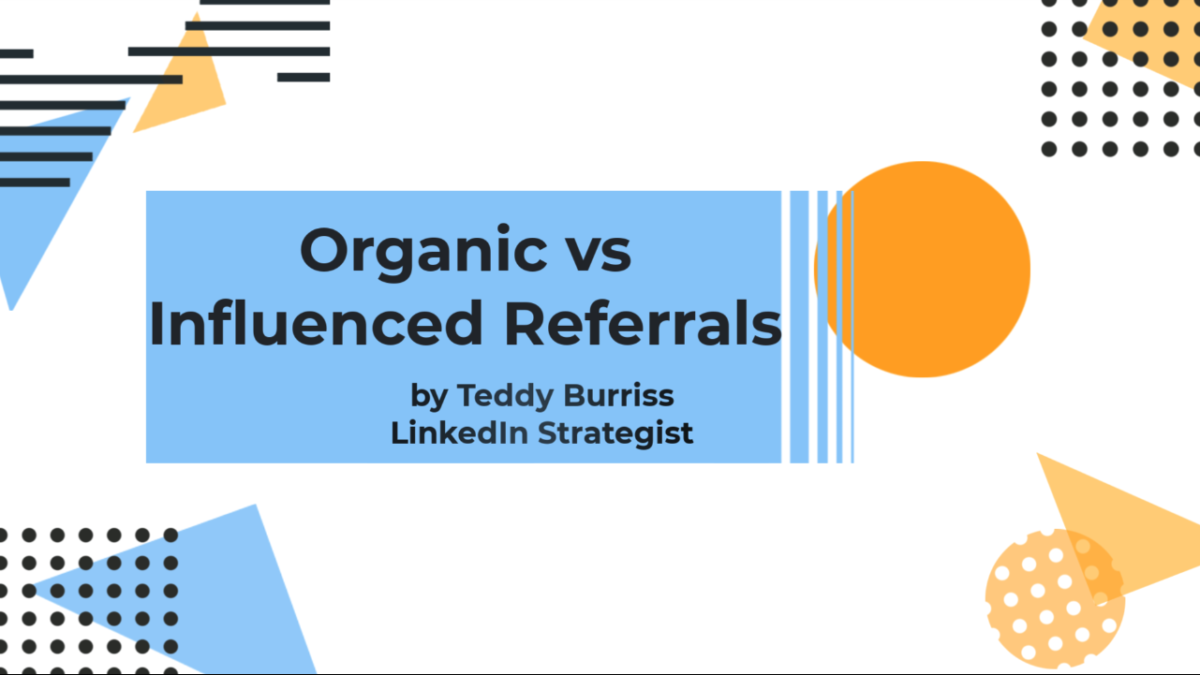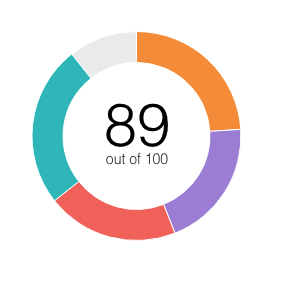We all want referrals.
We spent countless hours networking in real life in the hopes more people will get to know us and what we do and will refer us to others.
We invest time on social networking, sharing, and engaging on LinkedIn with the same hope, someone will see us and our content and refer us to others.
Doing these steps routinely can create what I call organic referrals.
However, organic referrals alone are never enough.
However, we need to execute another process – Creating Influenced referrals.
Influenced referrals are purposefully asking the influencers of our target audience to introduce us for a conversation.
We can’t create influenced referrals unless we are building our networks with both our target audience and their influencers.
This takes time and a constant set of activities of networking, engaging, and inviting these influencers into conversations.
These conversations must be focused on the influencers. Ask questions, listen, and learn about them, their roles, experiences, and anything else they are willing to share in order for us to get to know them better.
We also must be willing to help these influencers. Helping them in different ways is one of the tactics that create relationships with people who may be willing to help you. Maybe with a referral.
As you get to know these influencers and they get to know you more, in time you’ll uncover the opportunity to talk with these influencers and ask them if they could help you. You must ask if they are willing to do so.
Their positive reply is a statement not only to you but to them as well that they will help you, where relevant, appropriate and possible, by introducing you to the person you want to get into a conversation with.
Once someone introduces you to your target audience it’s important that you return to the influencer and thank them for the introduction.
Organic referrals are truly fabulous things.
Influenced referrals are also fabulous things. And, you are more in control of the frequency and the results.
How often are you seeking influenced referrals?

